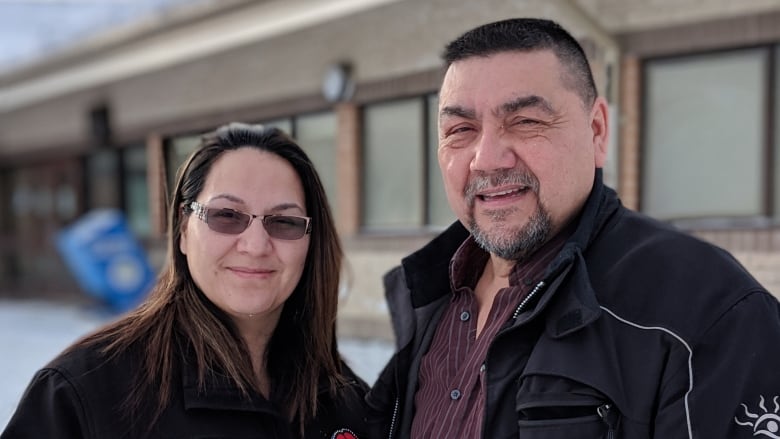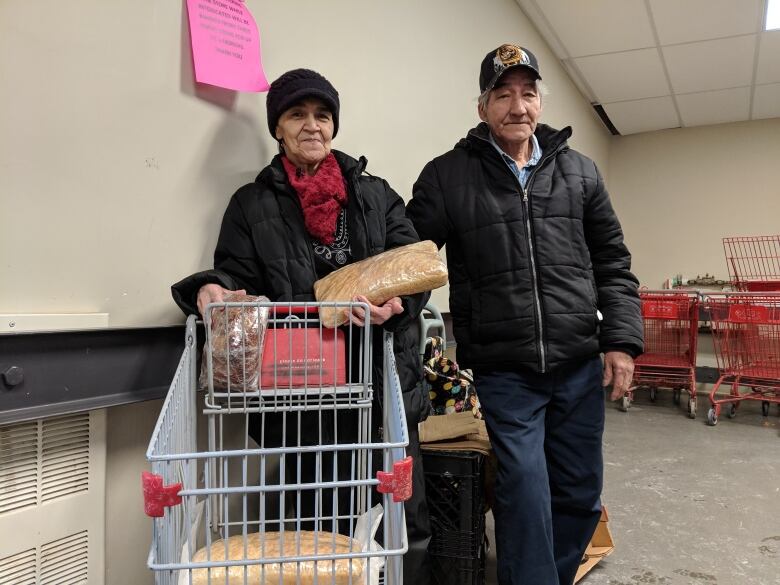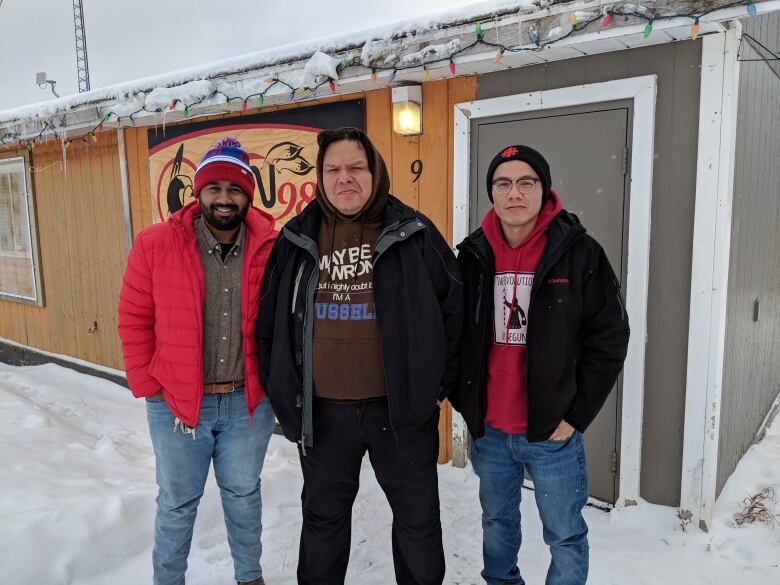Why sharing positive Indigenous community stories matters to me
Tag along as Lenard Monkman visits Nisichiwayasihk Cree Nation

For a lot of people in Canada, what we know about a particular First Nation is often related to the headlines we've read in the media.
And more often than not, it's the bad news that gets attention.
Even as an Indigenous journalist, I understand that there is still mistrust and hesitancy for Indigenous people to talk to media. As someone who was born and raised with Anishinaabe teachings in the southern part of the province, I wanted to go into the north and get a feel for what it's like there as part of a community outreach for CBC Indigenous.
In mid-November, I packed my bags, hopped on a small plane and flew from Winnipeg 700 km north to Thompson, Man., with a plan to visit, connect with and learn from people in four Cree communities over three days.
I arrived in the northern city before lunch time and met up with the new host of the CBC Radio's North Country, Ramraajh Sharvendiran.
It was a stat holiday that Monday. We grabbed some coffee and made the 45-minute drive to Nisichawayasihk Cree Nation. Ramraajh was raised in Toronto and told me on the drive that he never had the opportunity to visit a First Nation before.
When we pulled up to the old gas station near the entrance of the community, I jumped out of the vehicle and started talking to the people at the pumps.
Community-owned grocery store
The first person that I started talking to was local William Spence. I told Spence that we were trying to get a feel for what the community was like and within a couple of minutes, he kindly agreed to give us as a tour of his community.

Our first stop in the rez was the NCN Three River grocery store. Spence told us that the previous Northern (grocery) store had burned down in 2008 and that NCN had taken supplying groceries in the community into their own hands by building their own store.
According to NCN Vice-Chief Cheryl Moore, the community decided to build their own store because the prices at the Northern store were "ridiculous."
While we were at the store, we met an elderly couple, Lorna and John Spence, sitting in the entrance with a shopping cart full of baked bannock. The couple told me that they have been selling bannock there for as long as the store has been open.

I asked our impromptu guide William to see if he could try to get us on the community radio station.
Getting on the radio
One thing that many Canadians might not know is that a lot of First Nations have their own radio stations where they play music and keep people up to date on what is happening in their own community.
We were told that everything was shut down because of the holiday, but we drove to radio host Russell Bonner's house.
He took us to the makeshift radio station and got us on the air. We introduced Ram as the city slicker from Toronto. Because NCN is so close to Thompson, we told everyone that if they had stories, that they should develop a relationship with the new North Country host.

Before our on-air chat with Bonner was finished, the phone line at the station started ringing.
It was NCN Vice-Chief Cheryl Moore.
She had heard us talking on the radio and wanted to meet up with Ram and I.
Training programs and recreation
We met Cheryl Moore and her husband Jim outside of the Atoskiwin Training and Employment Centre.
I'm not going to lie, I was kind of blown away by the education facility that they have. We sat on the couch and talked about some of the ventures that NCN has been involved in and they walked us through the building.
ATEC officially opened its doors in May 2007. It is a 27,000-square-foot, fully accredited, non-profit, community-based, post-secondary training facility.
Jim Moore is the executive director of ATEC and he said the program currently has about 130 students and a waiting list. The facility offers adult education, mature student, construction, and a business program. Moore said the facility has 24 dorms inside the facility and is open to people from nearby communities.
After a tour of ATEC, we met up with the community's recreation co-ordinator, Lou Moody. Lou met us at the future site of the new multiplex recreation facility. The facility is being funded by the community's business ventures and will feature a full-sized basketball court, running track, and day care spaces.

The centre is expected to open at the end of February and they plan to host a basketball tournament in March with other northern communities.
All of these developments and successes in communities like Nisichawayasihk are stories that Canadians don't often hear about. First Nations have tons of stories of resilience and strength, and as journalists, we need to share more of them to balance out people's perceptions.

